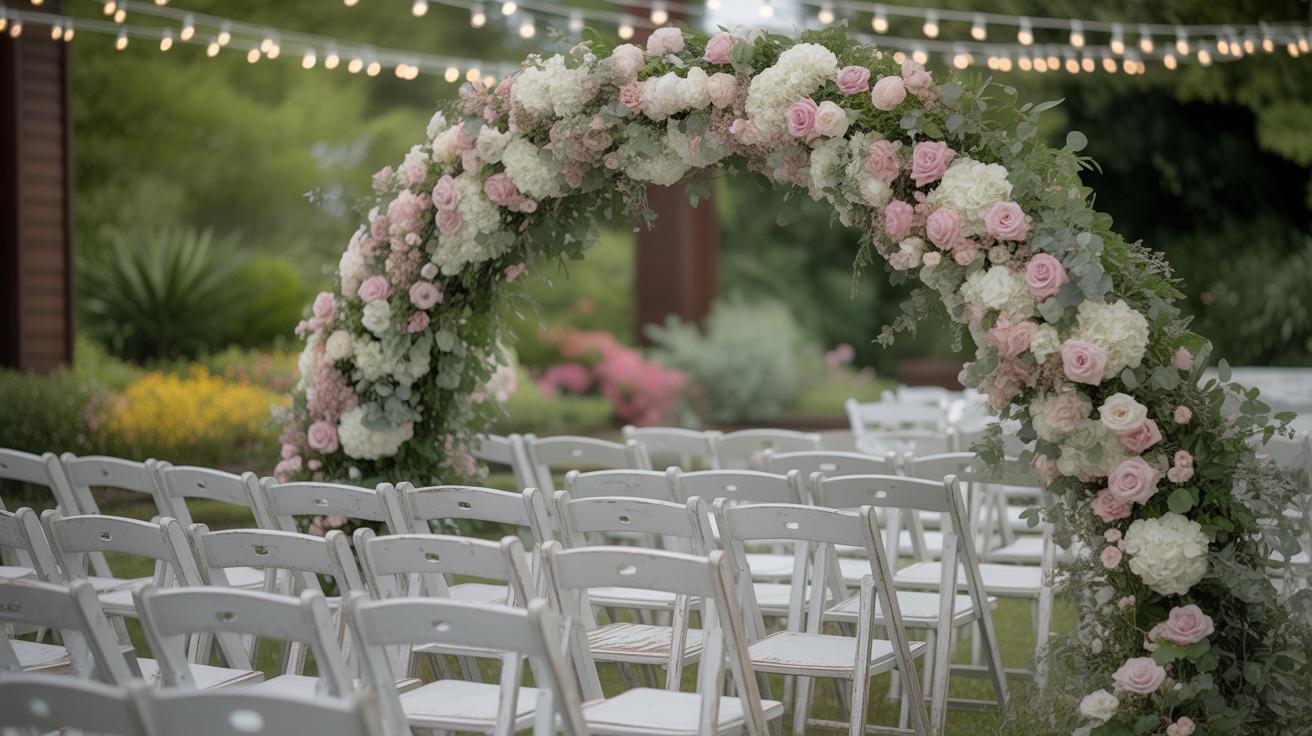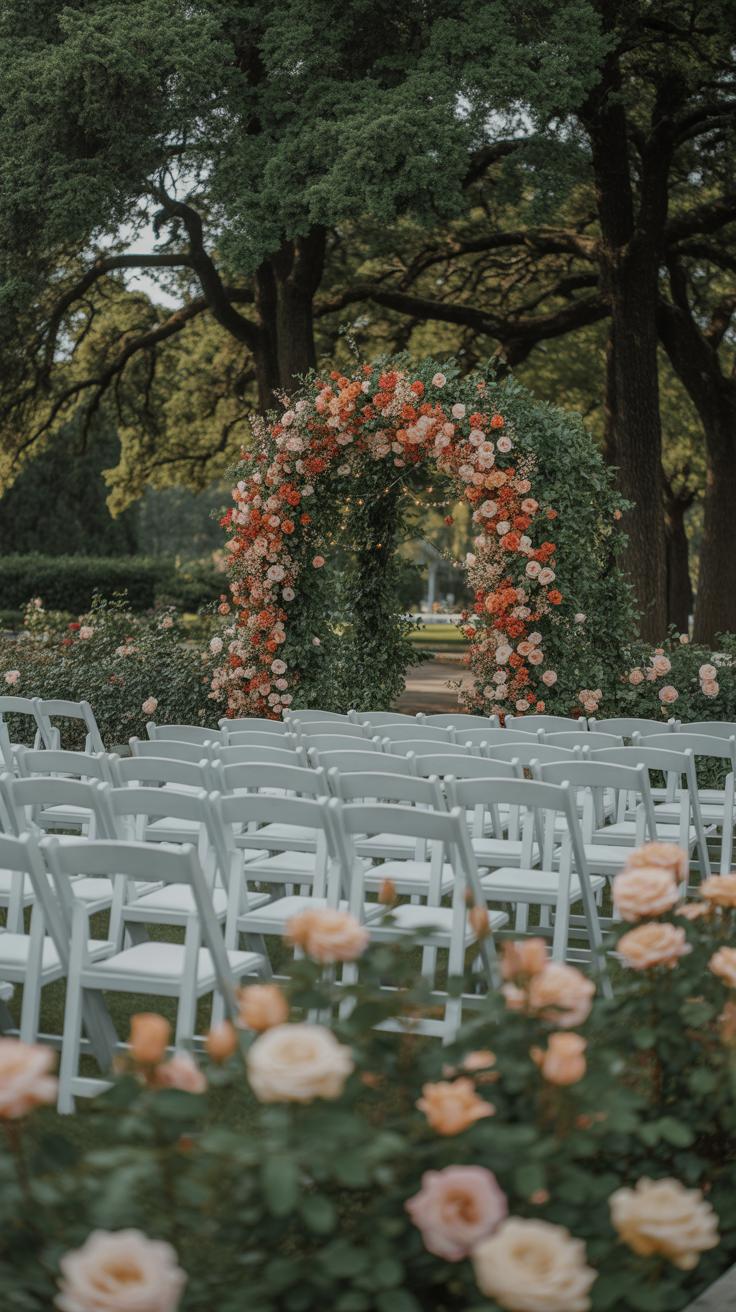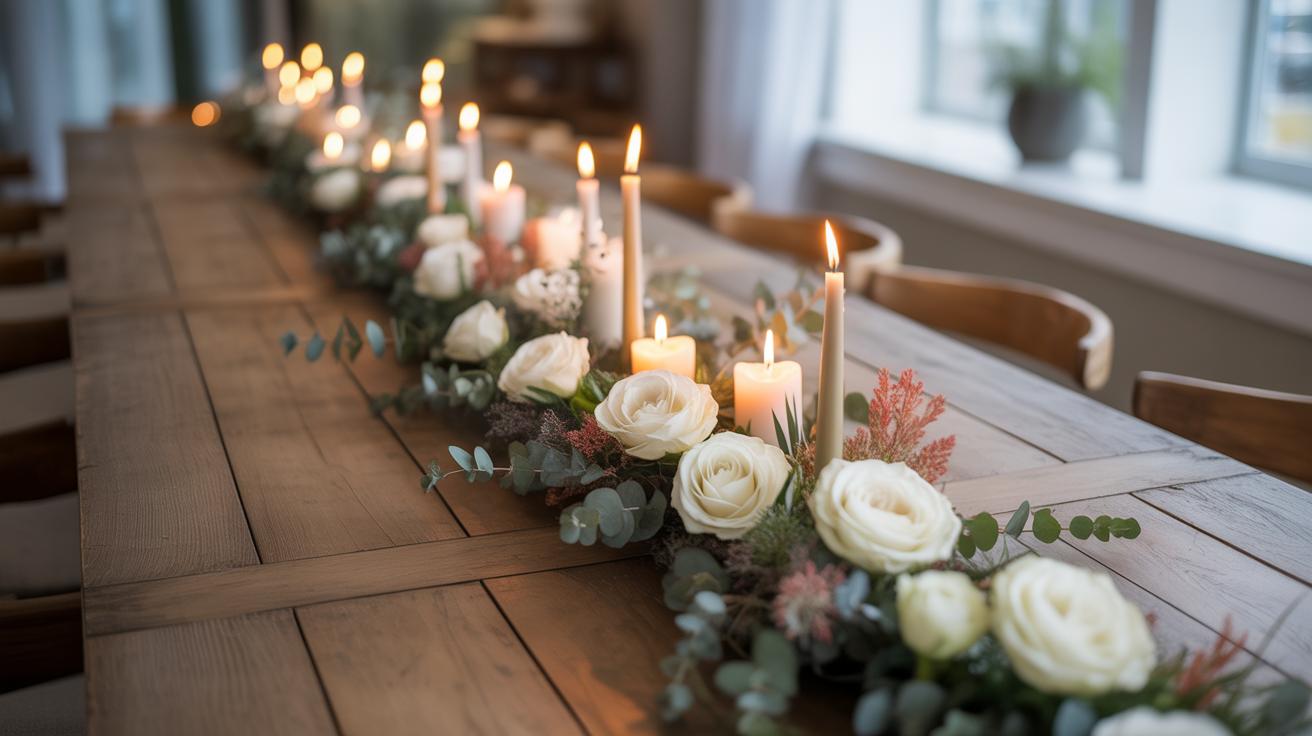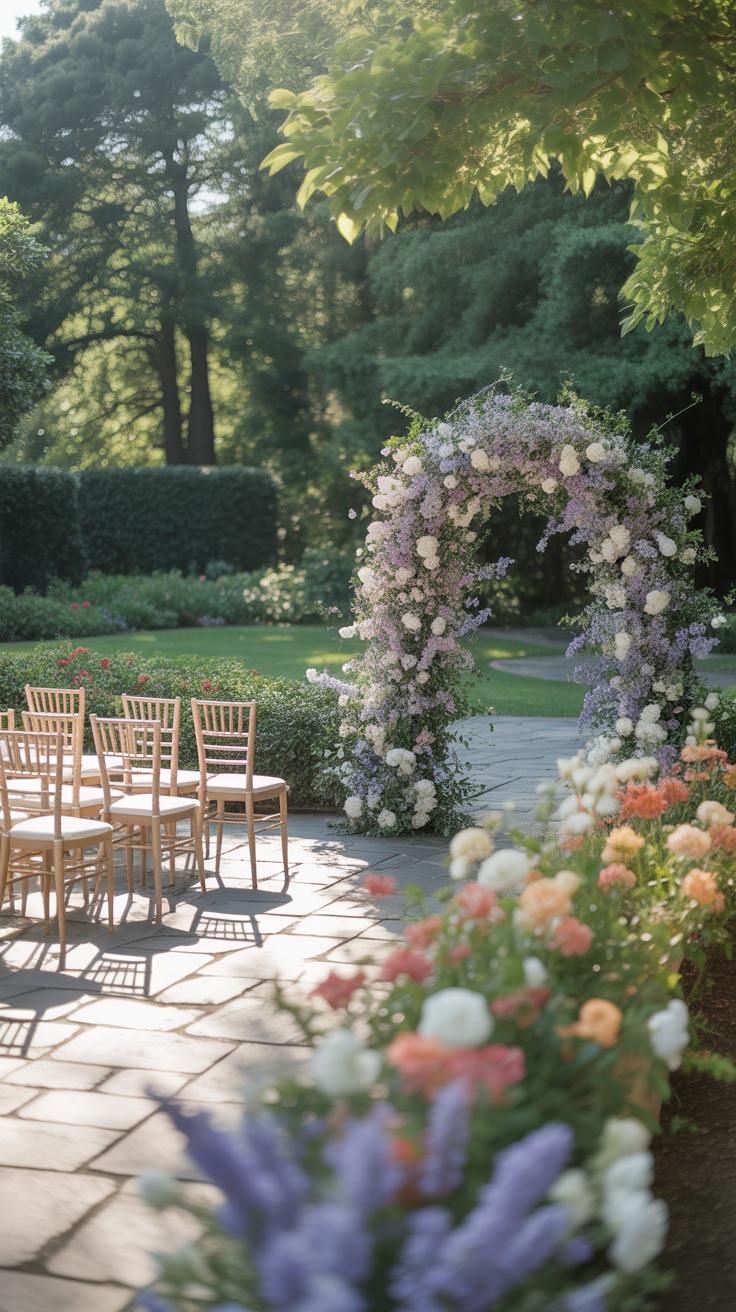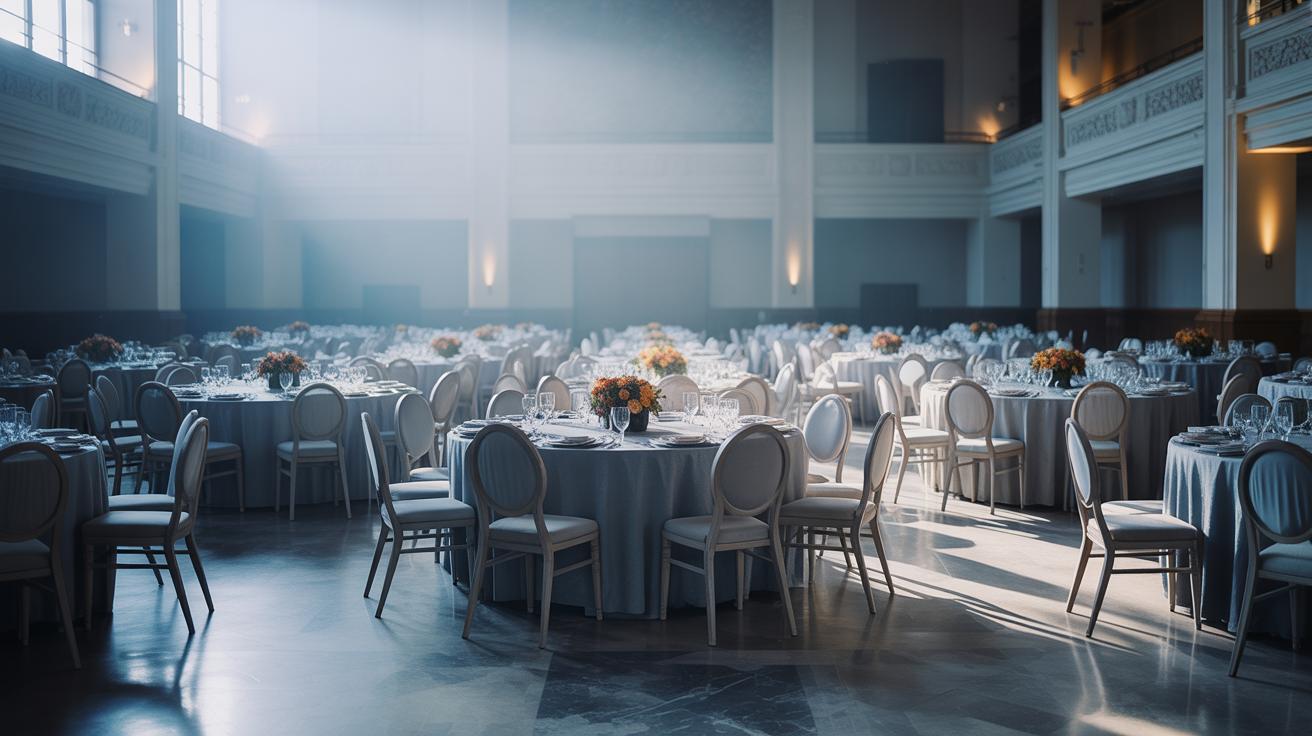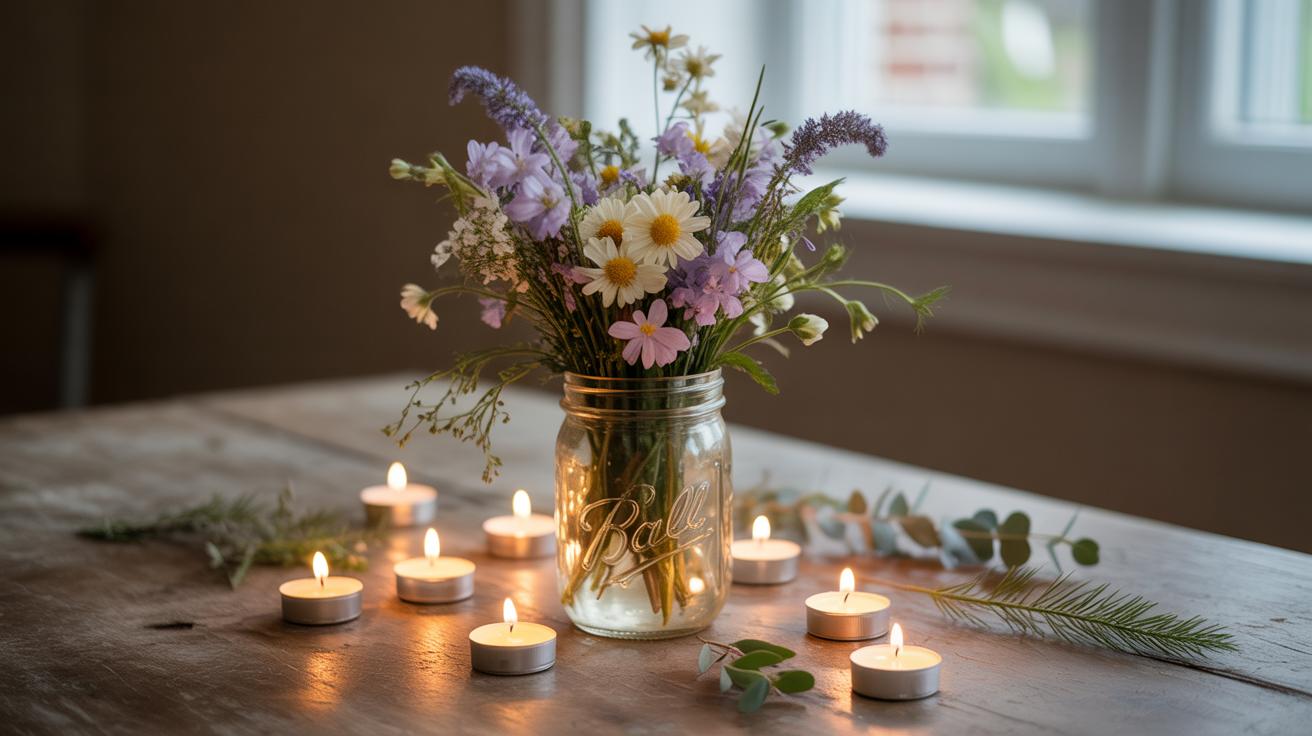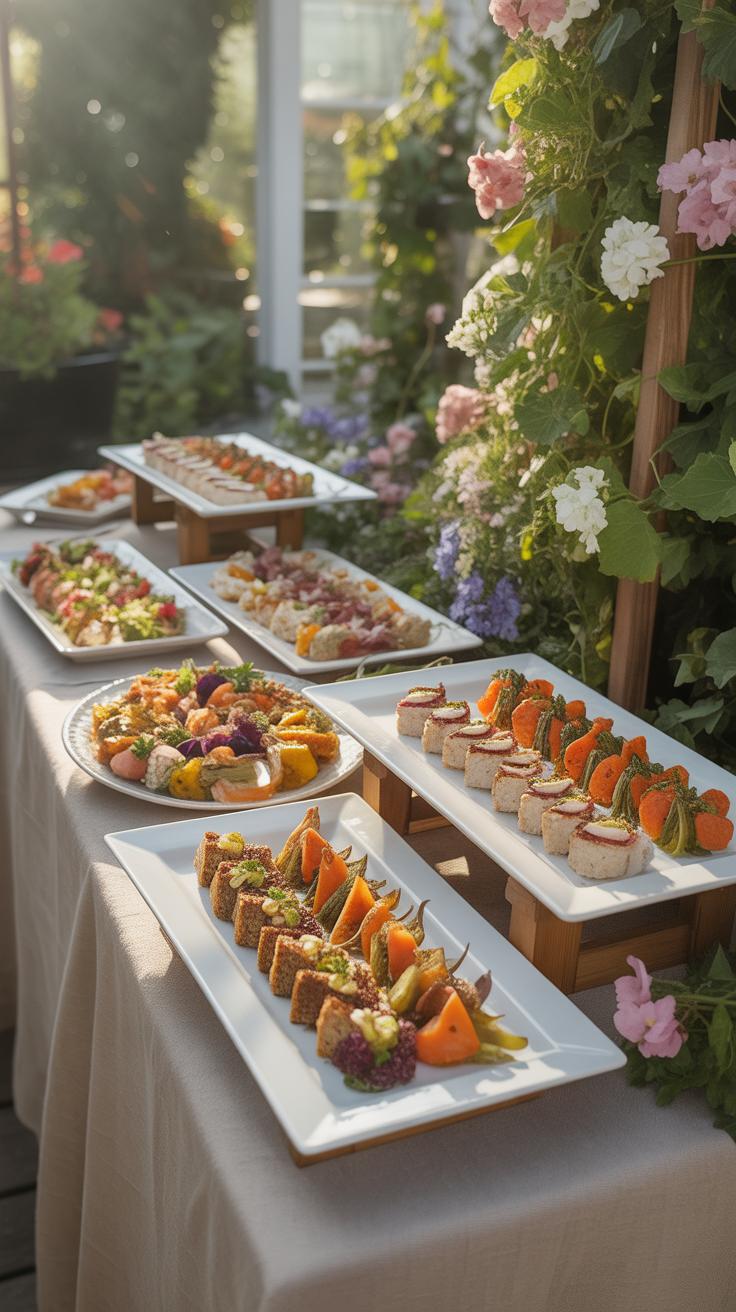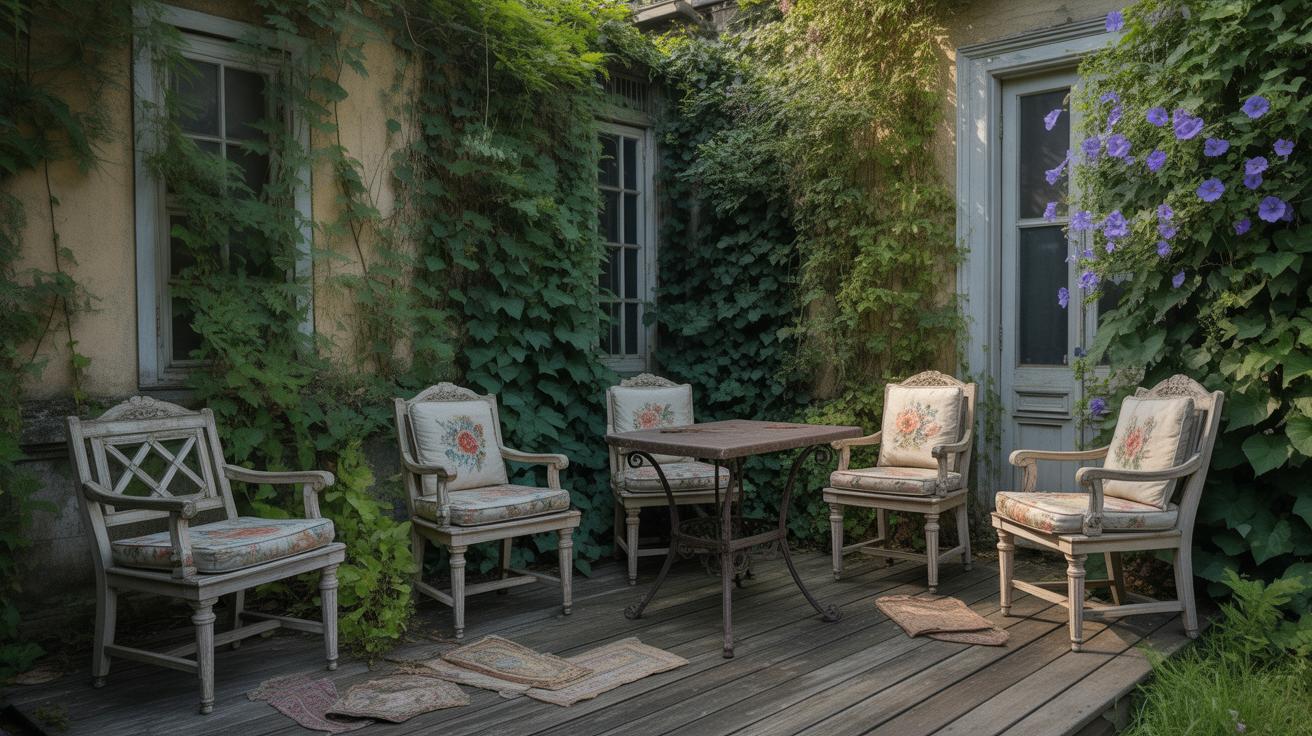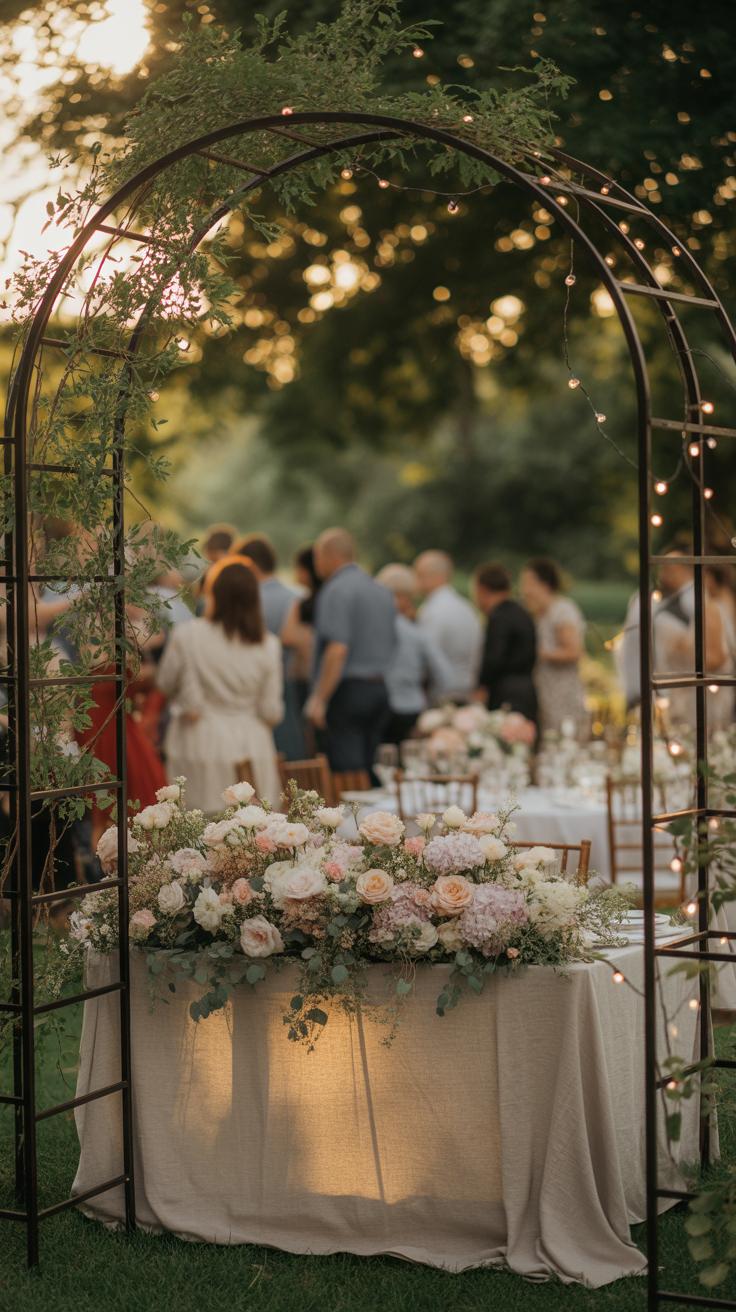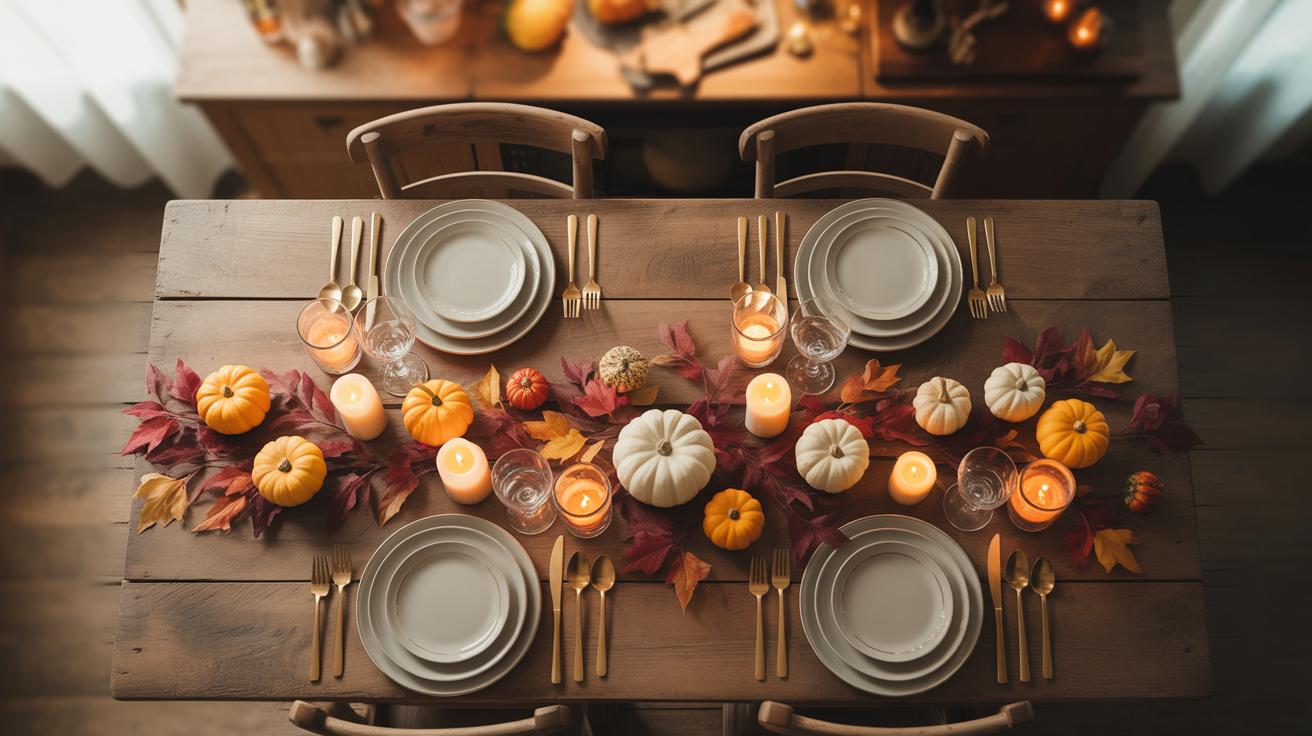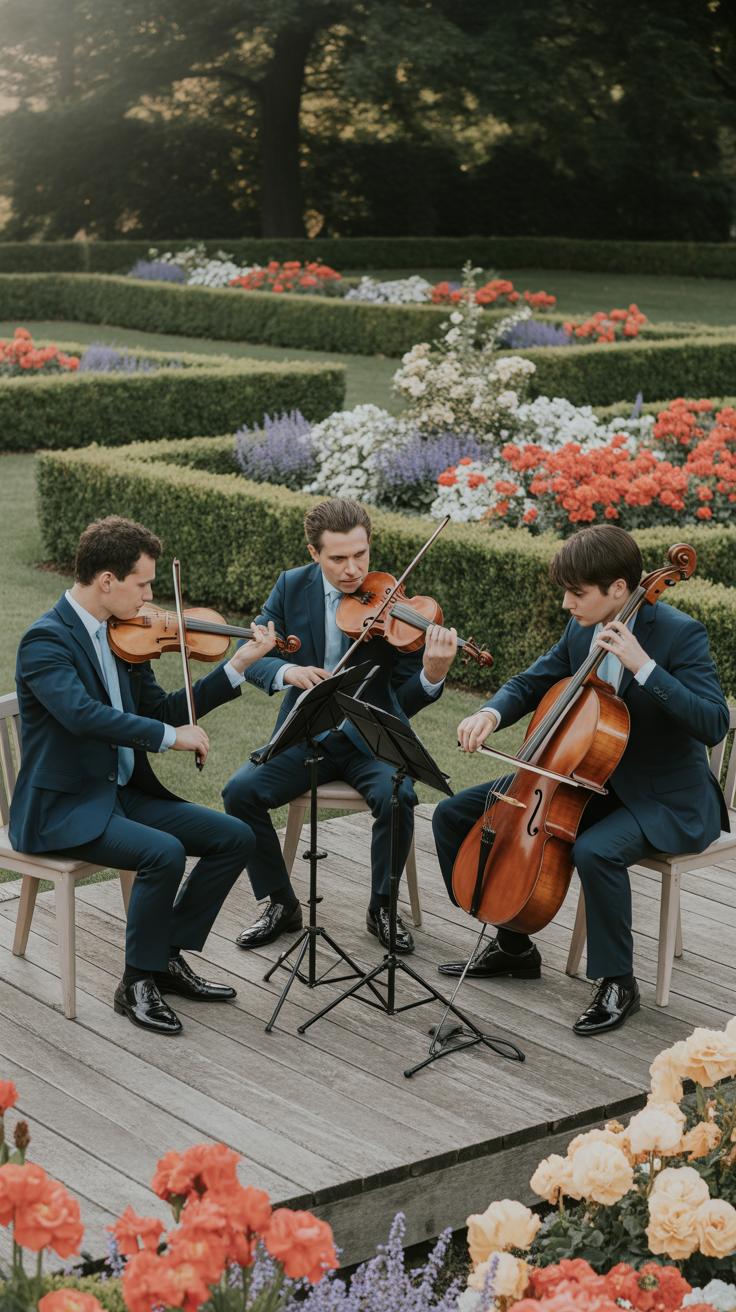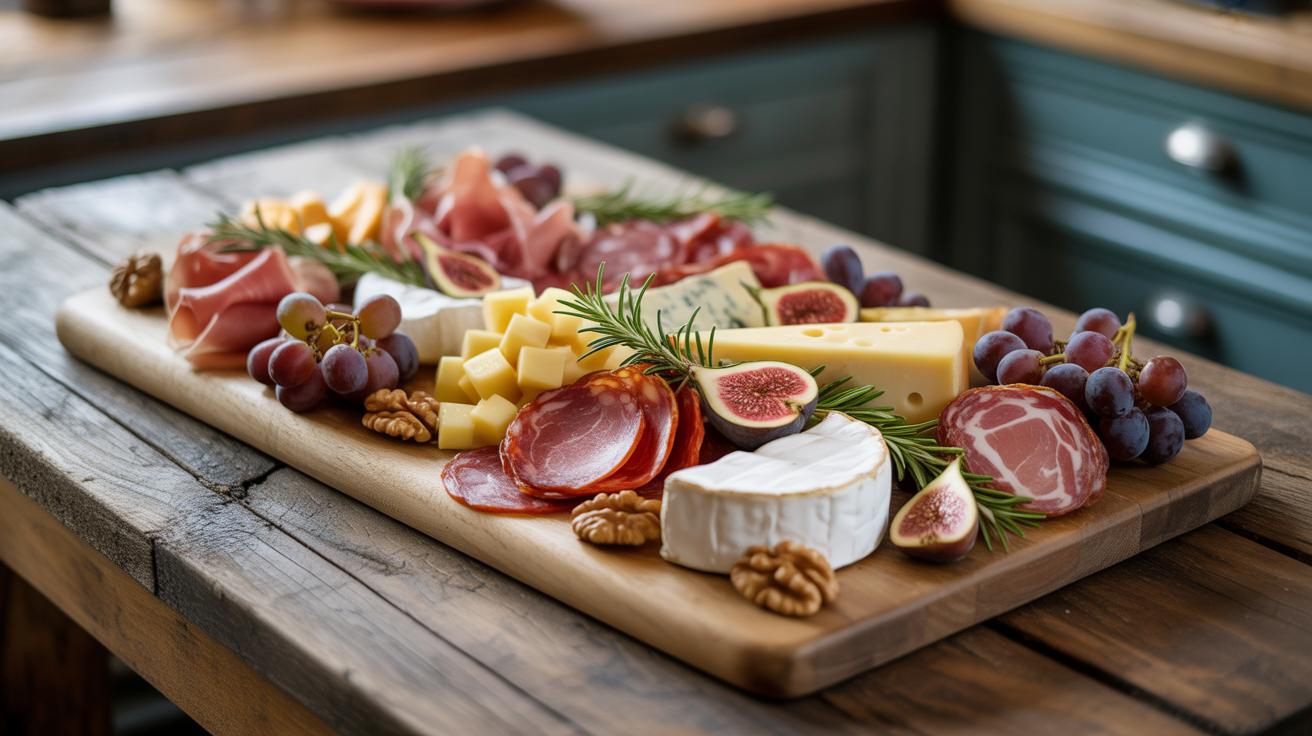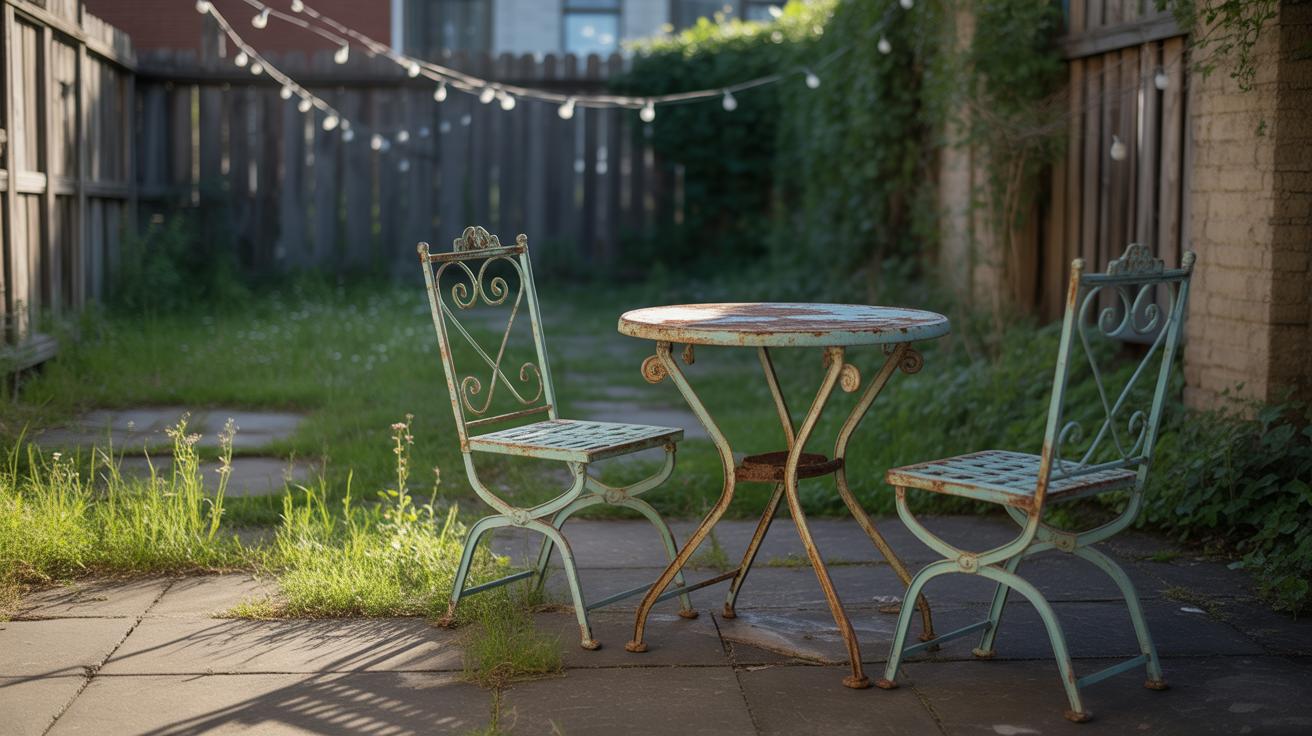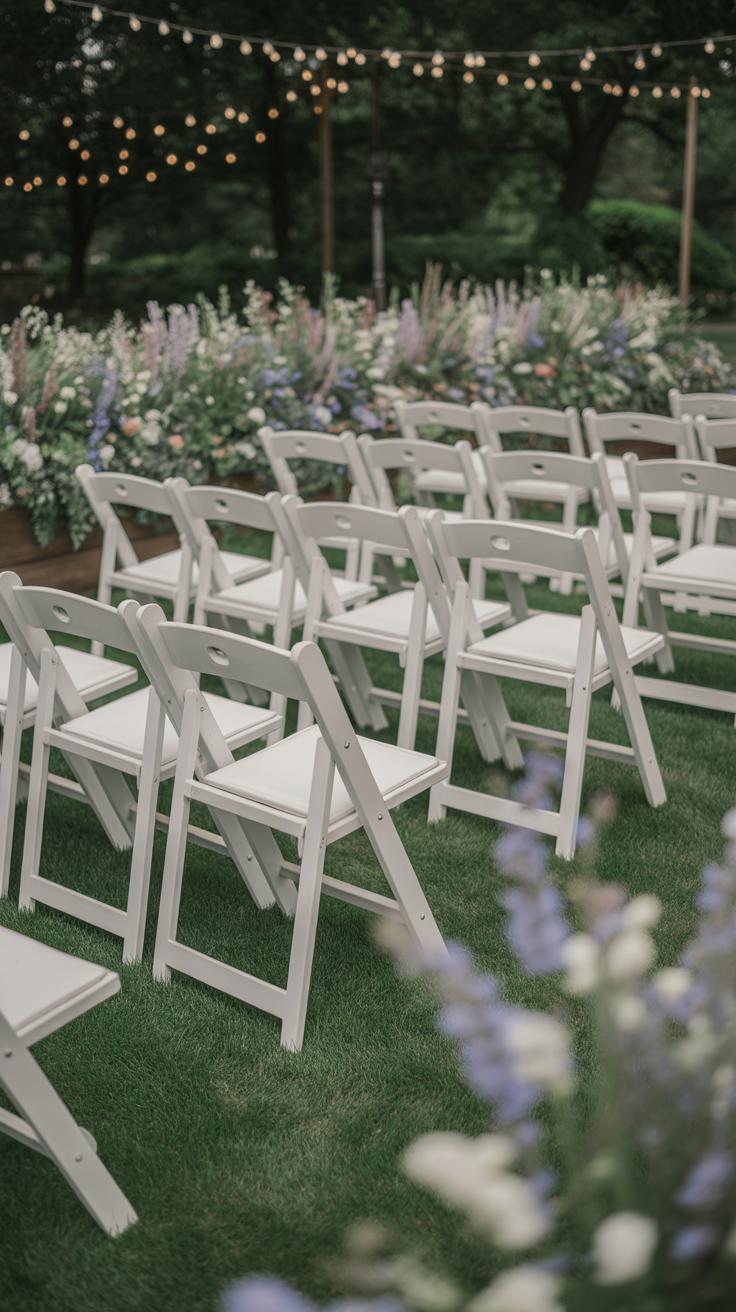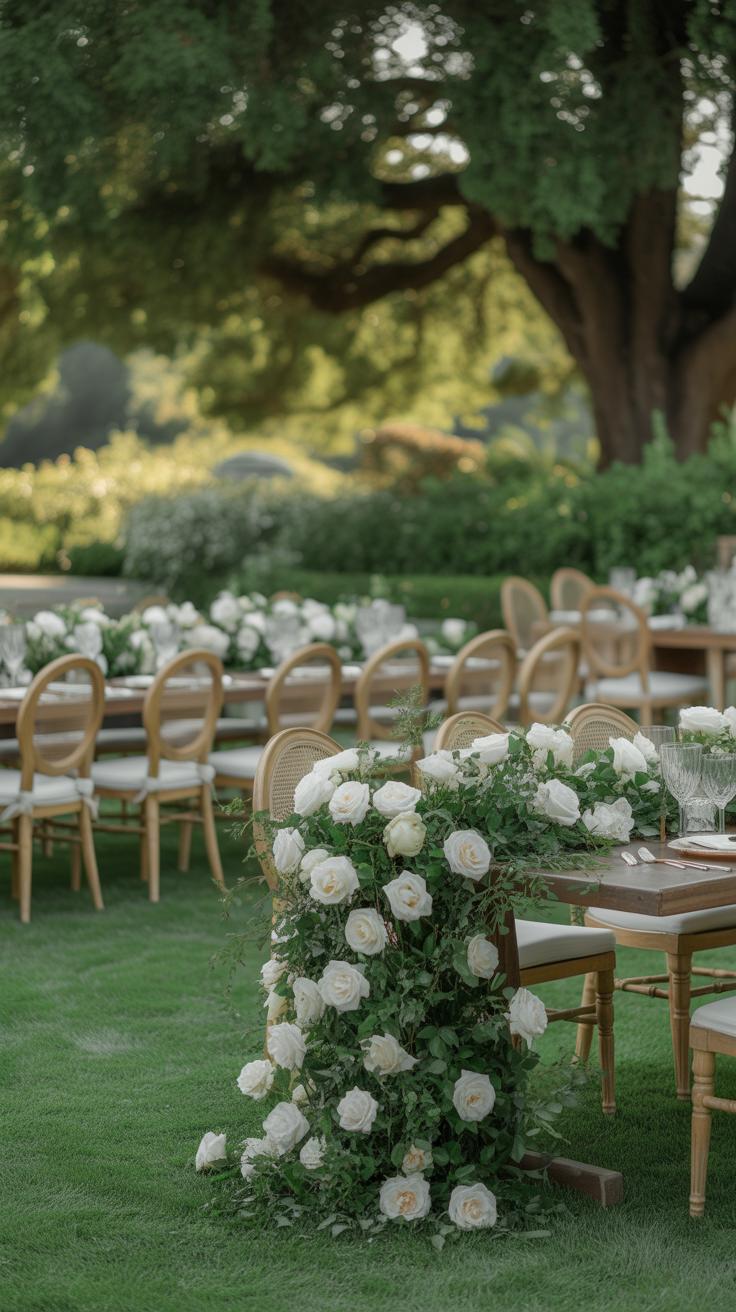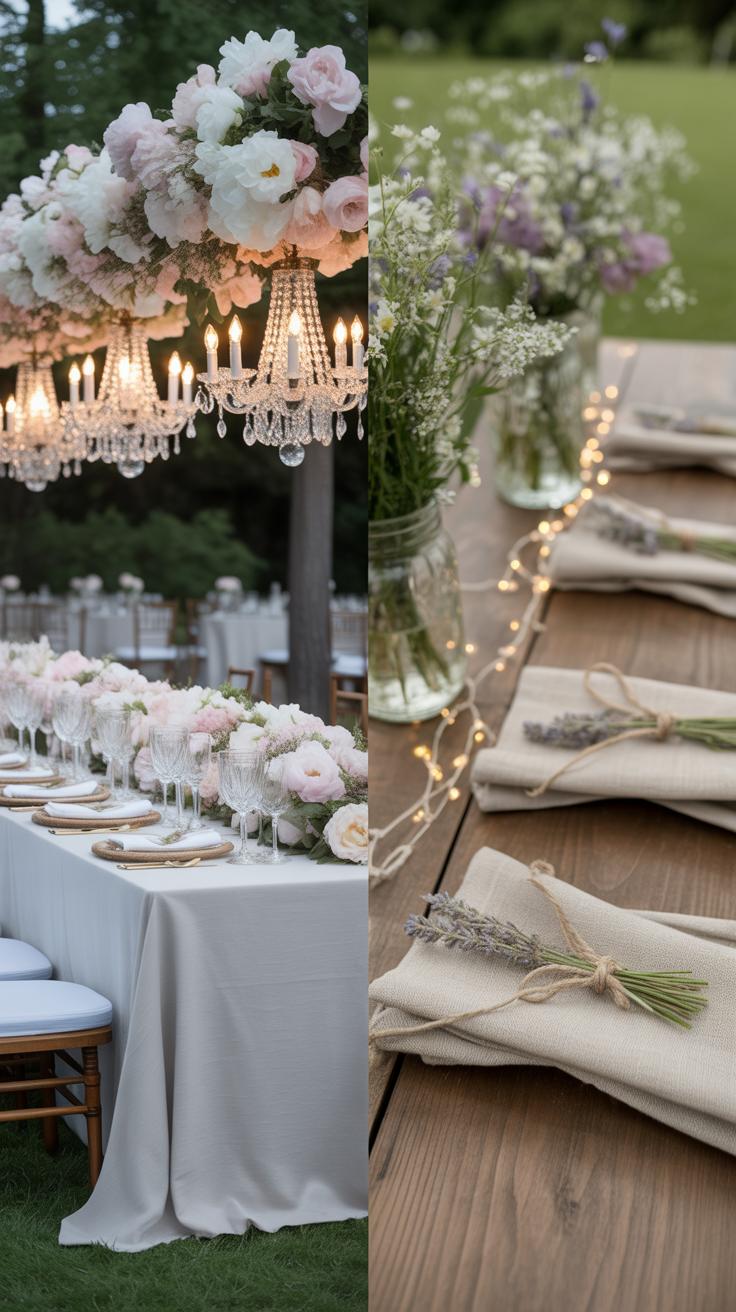Introduction
Planning a garden wedding reception in 2024 involves many important decisions, especially when it comes to managing your costs. Outdoor settings can create a beautiful and intimate atmosphere, but understanding the financial impact is key to a successful event. This article will guide you through the typical expenses and budgeting tips for a garden wedding reception.
You will learn what costs to expect, how to prioritize your spending, and ways to save without sacrificing quality. By following these guidelines, you can plan your garden wedding reception with confidence, keeping your budget on track while enjoying a memorable celebration.
Budget Breakdown for Garden Weddings
When planning your garden wedding reception, costs generally fall into a few key categories: venue, catering, decoration, and various services. The venue can range widely, from a public garden space to a private estate, with prices often between $2,000 and $8,000 for the day. Catering usually takes up a big chunk of the budget—think $50 to $150 per guest depending on the menu style and complexity.
Decoration involves more than just flowers; lighting, seating, and even tent rentals can add up. Expect to spend anywhere from $1,000 to $5,000 here. Services like photographers, DJs, or live bands, as well as rental items like tables and chairs, might cost extra—sometimes $3,000 or more combined.
Major expenses usually focus on catering and venue. These two alone often swallow over half the total budget. Why? Because food means feeding everyone well, and the venue provides the entire backdrop for your day. You might skimp on decorations slightly, but the basic framework and good food just can’t be cut too much.
Costs can vary dramatically based on location. A garden wedding near a big city might cost twice as much as one in a rural area. Guest count also shifts prices—catering is directly per person, so trim your list for savings. Timing matters too: peak months like late spring or early fall usually come with higher price tags for both venues and services.
Choosing the Right Venue
Picking the perfect garden venue shapes much of your wedding day—and your budget too. Location, size, and the type of garden all influence not just the feel but also costs. For example, a beautifully manicured botanical garden might charge a premium, but it often includes some services that cut down your later expenses. On the other hand, a smaller, more casual garden may seem cheaper upfront but could require you to rent everything from tents to chairs.
Think about accessibility as well. If your guests will have trouble getting to the venue, you might need to arrange transportation or parking, adding to costs. Some gardens limit noise or closing times, which can affect your celebration’s timing or entertainment plans. So, it’s a balance—what fits your budget might not be the perfect picture, but pushing for the best of both can be tricky.
Comparing Private Gardens and Public Spaces
Private gardens often come with fewer restrictions, which is appealing. You’re more likely to have control over decorations, food vendors, and timing. That flexibility comes with a price—owners want a good return, and fees can add up quickly. Plus, private spaces might not provide basic infrastructure like bathrooms or electricity, which means renting extra items.
Public parks or gardens tend to be more affordable but bring their own challenges. They usually require permits and have strict rules about ceremonies, amplified music, and sometimes even decorations. You might save money initially, but meeting all these regulations can cost time and money. Plus, the availability is often limited to certain hours or seasons, which makes planning a bit more rigid.
What Is Included in Venue Fees
Venue fees vary widely. Some may include tables and chairs, while others expect you to rent them separately. Tents are rarely standard; if rain is a worry, adding tents inflates costs noticeably. Permits, especially for outdoor events, are almost always extra and sometimes mandatory, depending on local rules.
Look closely at what’s in the contract. Cleaning services, security, and staff might be bundled or itemized. You might find a venue with in-house catering that simplifies logistics, but it could cost more than hiring outside vendors. Remember, things like parking arrangements or restroom facilities availability may also affect fees.
Ultimately, understanding what your venue fee covers before booking avoids surprises. A slightly higher price with more inclusions can save money overall, while a cheap venue might require many add-ons that spike your budget.
Catering Costs and Options
When planning a garden wedding reception, catering can take up a big chunk of your budget, so thinking carefully about your options matters. You’ll mostly find two main styles on offer: buffet and plated meals. Each carries its own price tag and practical ups and downs, especially outdoors.
Buffet vs Plated Meals Cost Comparison
Buffet-style service usually costs less per person because it requires fewer servers and simpler plating. Guests can pick and choose their own food, which can reduce waste or sometimes increase it, depending on your crowd. Buffets tend to create a more relaxed atmosphere where guests mingle and serve themselves. But this can sometimes mean longer lines and, with outdoor settings, food temperature control becomes a challenge. You might need extra staff or heating lamps, which add costs you didn’t anticipate.
On the flip side, plated meals generally cost more. You pay for the service level – each dish carefully prepared and served at the table. It feels more formal and controlled, which some couples prefer. With an outdoor reception, plated meals require more coordination and staff, possibly tents or coverings for food stations, which again bumps the price up. Yet many guests appreciate this style for the ease of just sitting down and enjoying the meal without getting in line.
Beverage Options and Pricing
Drink options can quickly affect your budget too. Some venues or caterers offer drink packages that bundle beer, wine, and non-alcoholic drinks for a flat rate. These can be easier to manage financially but might limit your preferred brands or cocktail choices.
If you want a full bar with cocktails, spirits, and top-shelf liquor, expect a higher bill. Bartenders charge by the hour, and premium alcohol costs add up. Some couples opt to bring their own wine or beer if permitted, saving money but adding extra hassle and possible corkage fees.
There’s also the option of a cash bar or partial bar service, which cuts costs but might affect the guest experience. Do your guests expect an open bar? If so, skipping that could cause some dissatisfaction. Balancing what you want to provide with what you can afford is tricky, but being upfront about what’s included can help set expectations.
Decoration and Ambience Setup
Garden weddings bring a special kind of charm that indoor venues just can’t match, but they do come with decoration challenges unique to the outdoors. You’ll need to think about the natural elements — sunlight, wind, maybe even bugs — which means your décor has to be both beautiful and practical. For example, delicate paper decorations might not last long outside, so sturdier options are often better.
Lighting plays a key role and tends to be a bigger expense than some realize, especially if your reception goes into the evening. You might consider string lights, lanterns, or solar path lights, all of which help create a cozy feeling but can add up quickly if you have a large area.
Flowers are essential but also one of the pricier parts of garden wedding décor. Because nature provides a backdrop, your floral arrangements can be simpler, focusing on accents rather than overwhelming displays. Seating in a garden needs careful planning too — you want comfort without spoiling the vibe. Wooden chairs or benches fit well but can require rental fees.
If you want to keep costs down, try these ideas:
- Use seasonal flowers or even potted plants from local nurseries instead of custom bouquets.
- Borrow or repurpose furniture rather than renting or buying new items.
- DIY simple centerpieces, like mason jars with tea lights, to add warmth without spending much.
- Limit electric lighting and rely more on candles or solar-powered options when possible.
Decorating a garden reception is partly about embracing what’s already there and enhancing it without losing its natural feel. What do you want your guests to notice most—the quiet beauty of the surroundings or the little touches you add? Making those choices can shape not only the ambience but also your budget.
Entertainment and Extras
Music Choices and Pricing
When it comes to music for your garden wedding reception, you’ll face a few clear options, each with different price ranges and vibes. DJs are generally the more affordable route. Many charge between $800 and $1,500 for a full evening, depending on their experience and the package you choose. It’s a practical choice if you want a broad music selection without the need to mic up every instrument.
Live bands, by contrast, tend to cost quite a bit more—anywhere from $2,500 to $7,000 or more, depending on the number of musicians and how long they play. Live music can create a unique, engaging atmosphere outdoors, but it requires more setup and sometimes sound permits.
Then there’s the DIY playlist option. Using your own carefully curated lists through Bluetooth speakers or rented sound systems can be very budget-friendly, probably under $300 if you rent equipment. But, you risk not having that seamless flow or someone to read the crowd, which some guests really appreciate.
Additional Services to Budget For
There are extras you might not immediately consider but can enhance the experience—and the budget. Renting a photo booth can add around $500 to $1,200. It’s often a hit for capturing fun, candid moments, especially in an outdoor setting where guests can enjoy the natural backdrop.
Videography is another cost to weigh. Some couples spend between $1,500 and $3,500 for a professional to film the event. These aren’t just memories; videos often become part of family stories, but they definitely increase your expenses.
Transportation is sometimes overlooked too. Shuttles or buses to transport guests between venues or parking areas might cost from $500 to $1,000, depending on distance and guest count. It might feel like an extra hassle, but for a garden location not easily accessible by foot, it could be necessary.
Thinking through these extras might feel overwhelming. But figuring out what matters most to you—and what your guests will appreciate—can help keep your garden reception both memorable and within budget.
Setup Checklist for a Garden Reception
Timeline for Setup Tasks
Start planning your garden reception setup at least six weeks before the wedding. Early on, confirm your vendors and finalize the layout with the site manager or venue coordinator. About four weeks prior, order rentals such as tents, tables, chairs, and lighting. You might want to test and adjust your seating plans around this time, too.
Two weeks before, focus on more detailed decor decisions—flowers, centerpieces, and any personal touches. This is also when you should double-check permits or any local restrictions for outdoor events. The week before, confirm delivery dates and times with vendors, and create a clear contact list for easy communication on the big day.
On the day before, attempt to set up large items like tents and seating if permitted. If not, arrange for early morning setup. Coordinate closely with your planner or the venue team to make sure everything is accounted for and aligned with your vision.
Final Walk-Through Preparation
A walk-through on the wedding day is crucial, even if you think everything is set. Walking through the garden with your coordinator allows you to see the space as guests will and catch any last-minute issues. Pay attention to things like uneven pathways, placement of lighting, and clear bathroom directions.
This moment also helps ensure everyone involved—from caterers to vendors—knows their roles and locations. You might notice small but important details, such as whether the wind could interfere with decorations or if there’s enough shade in the seating area. A final check reduces surprises and gives you peace of mind.
Ultimately, this hands-on review keeps your garden reception grounded in reality, not just on paper. It may feel a bit tiring, but the reassurance it provides is usually worth it—don’t skip it.
Common Budget Mistakes to Avoid
One of the trickiest parts of planning a garden wedding reception is guessing how much everything will really cost. A lot of couples overlook how unpredictable weather can throw off the budget — rain, wind, or even intense sun might mean renting tents, heaters, or cooling systems last minute. These extras add up, and it’s easy to forget that some venues won’t include those in the initial quote.
Thinking you can skip weather contingencies is tempting, but imagine scrambling for cover or equipment on the day while prices spike. It’s smarter to set aside a specific weather contingency fund, even if you hope you never touch it.
Another frequent slip-up happens with vendor fees and taxes. You might see a price and nod, only to find hidden charges like delivery fees, service charges, or taxes tacked on later. These surprises can feel like a punch to the gut if you haven’t factored them in at all.
To avoid this, ask vendors early for a complete breakdown. Clarify what’s included and what’s not. That clarity helps you avoid scrambling when invoices arrive, and you won’t feel blindsided by costs that suddenly make your budget burst.
So, maybe weather and hidden fees aren’t the most exciting details to think about now, but they could save a lot of stress — and money — down the line. Have you thought about how you’ll handle these? It might be worth a closer look before moving on.
Case Study Comparing Budget Options
Let’s look at two garden wedding receptions side-by-side: one modest, one luxury. I think seeing actual numbers makes the differences clearer—especially since garden settings come with unique costs you might not expect.
For the modest event, imagine a guest list of about 50 people. The budget is tight, focusing on essentials:
- Venue rental: $800 (local park with a permit)
- Catering: $1,500 (buffet style, simple menu)
- Decorations: $300 (DIY floral arrangements, string lights)
- Entertainment: $400 (local DJ, basic sound system)
- Rentals (chairs, tables, tents): $700
- Photography: $1,000 (few hours, basic package)
- Miscellaneous (permits, extras): $200
Total: around $4,900
For the luxury celebration, with about 100 guests, costs rise steeply:
- Venue rental: $3,500 (private garden estate)
- Catering: $7,000 (plated multi-course dinner with premium options)
- Decorations: $3,000 (professional floral designs, draping, custom lighting)
- Entertainment: $3,000 (live band, upgraded audio system)
- Rentals: $2,500 (high-end furniture, tents, linens)
- Photography & Videography: $4,000 (full-day coverage plus extras)
- Miscellaneous: $1,000 (permits, security, valet)
Total: roughly $24,000
Notice how some categories like catering and entertainment multiply dramatically, while rentals and decor reflect personal taste more than size sometimes. This split shows you where scaling up hits hardest. It’s not just having more people—it’s about your choices, what you want to experience, even what you can live without.
When deciding which budget fits you better, consider what parts of the day really matter. Is food quality non-negotiable? Or maybe the vibe created by decor and entertainment? Sometimes spending more on a few things can make a simple garden feel truly special. Other times, trimming a few elements keeps the event intimate and rememberable without feeling cheap.
Ask yourself: Will cutting back on photography make you anxious later? Or might you focus instead on a great band and simpler catering? Prioritize what will make the day feel right for you—money won’t fix every decision, but understanding these differences helps.
Conclusions
Planning a garden wedding reception requires careful attention to costs, from venue and décor to food and entertainment. Knowing where your money goes helps you control expenses and make informed choices. By breaking down each expense and comparing options, you can customize your event to fit your vision and budget.
Using checklists and budgeting tools simplifies the process and reduces stress. With thoughtful planning and smart decisions, your garden wedding reception in 2024 can be both beautiful and affordable. You’ll create lasting memories without overspending.

